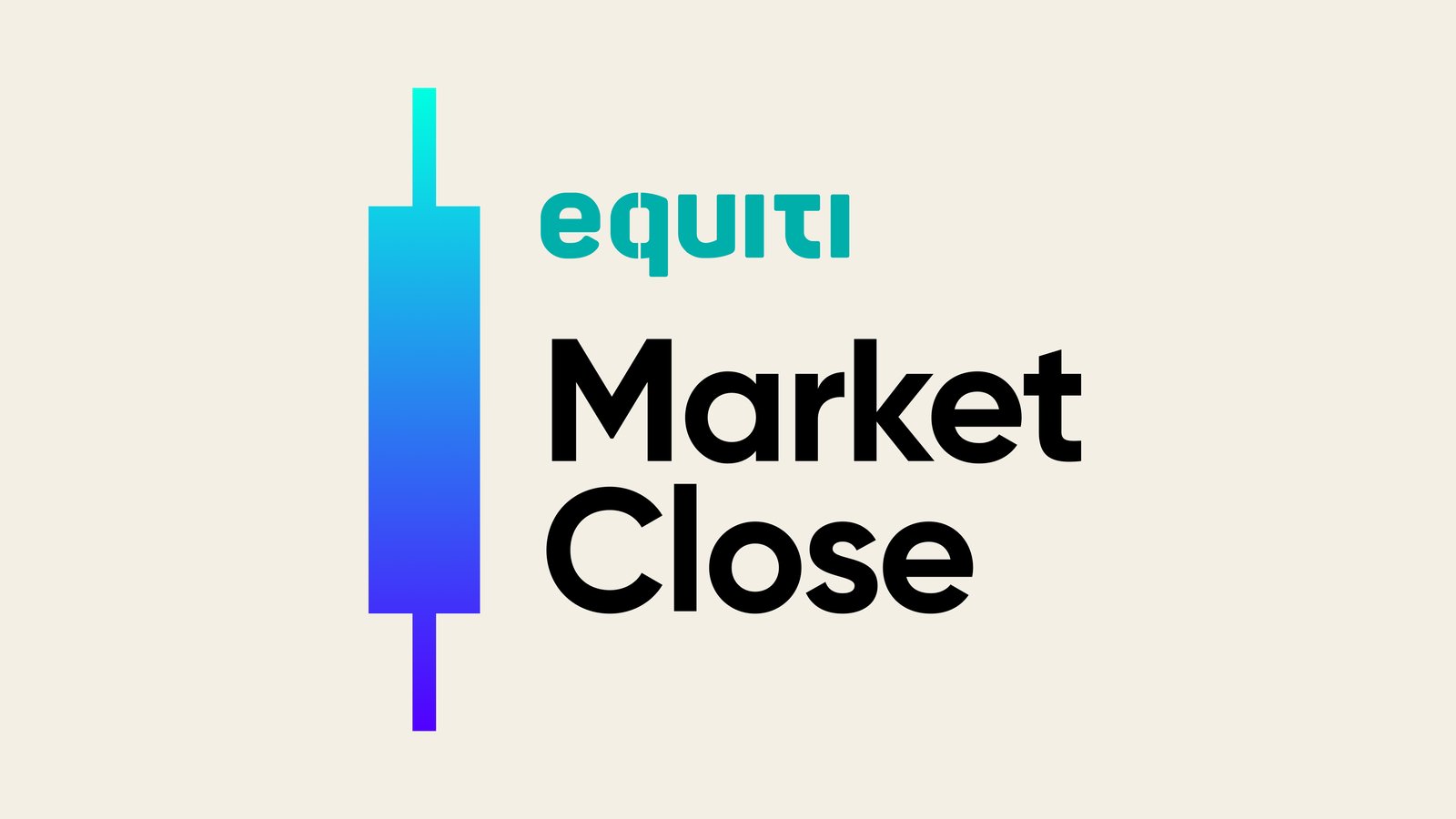US PPI slows more than expected
U.S. producer prices rose 0.3% in February, below expectations, with annual inflation easing to 3.2%.

U.S. producer prices rose 0.3% in February, below forecasts.
Annual PPI inflation eased to 3.2% from 3.7% in January.
Gold remains strong, gaining nearly 12% year-to-date.
The euro fell below $1.09 as U.S.-EU trade tensions grew.
U.S. producer prices showed signs of easing in February, falling short of both January's rise and market expectations. The U.S. Labor Department reported a modest 0.3% increase in the Producer Price Index (PPI) for the month, following a 0.4% rise in January. Year-on-year, producer price inflation decelerated to 3.2%, down from the revised 3.7% in January and below the 3.3% forecast. The data indicates a softening inflationary pressure at the factory gate, providing some relief for the U.S. economy amid ongoing uncertainty.
In the face of global market volatility, gold has stood its ground, offering investors a safe haven. The precious metal has displayed resilience despite the turmoil in equities, rising bond yields, and escalating trade tensions. Gold has gained nearly 12% year-to-date and remains close to its record highs, offering stability while broader risk assets struggle. Despite some hedge funds trimming bullish futures positions, gold exchange-traded fund (ETF) holdings have remained robust, signaling long-term demand for the asset.
Concerns about stagflation are growing as U.S. economic data weakens, leading some to predict additional interest rate cuts by the Federal Reserve later this year. Historically, gold benefits from lower rates, as reduced borrowing costs support demand for the precious metal. Furthermore, heightened geopolitical risks, particularly with U.S. tariffs on metal imports from several countries, have added inflationary pressures, reinforcing gold’s attractiveness as a hedge.
Although questions have arisen about gold’s recent gains, its current performance reflects broader concerns among investors, including a weakening U.S. dollar and growing protectionist policies globally. As these risks mount, gold’s upward trajectory seems poised to continue, with many expecting prices to eventually break the $3,000 barrier.
Euro drops amid heightened tariff concerns
The euro has edged lower, falling below the $1.09 mark after reaching four-month highs earlier this month. The decline comes as investors closely track escalating trade tensions between the U.S. and its global trading partners. On Wednesday, the U.S. implemented a 25% tariff on steel and aluminum imports from Canada, Australia, the European Union, and other nations, prompting swift retaliation.
The European Union announced countermeasures, including €26 billion worth of tariffs on U.S. goods, targeting steel, aluminum, textiles, poultry, beef, and other products. In response, President Trump threatened to impose a 200% tariff on all wines, champagnes, and other alcoholic beverages from the EU. As the trade conflict intensifies, traders are also monitoring developments in Ukraine, where Russia has resisted a ceasefire agreement brokered by the U.S. Meanwhile, in Germany, Parliament is engaged in discussions on a new fiscal package, with potential implications for the eurozone’s economic outlook.
The heightened tariff concerns add to the uncertainty in global markets, with traders weighing the impact of these moves on both the euro and broader trade relations. The euro’s recent pullback reflects these fears, as investors remain cautious amid rising protectionism.
